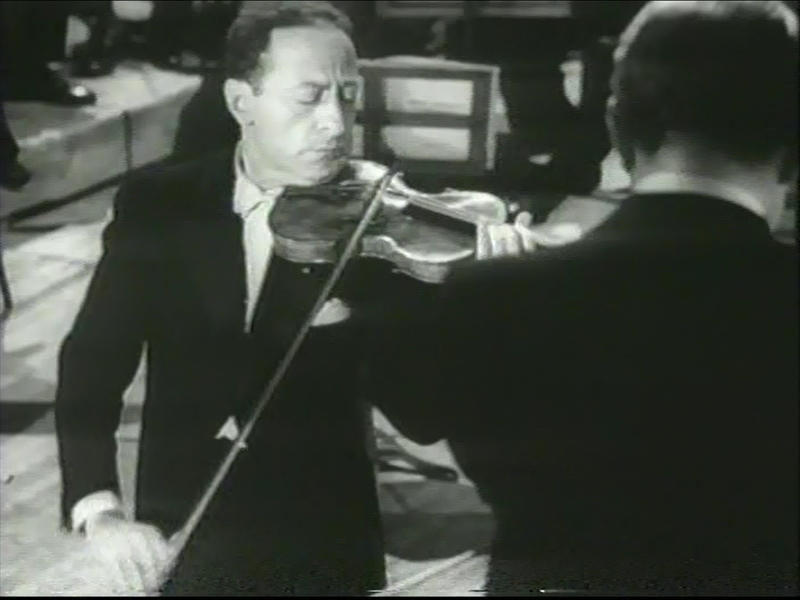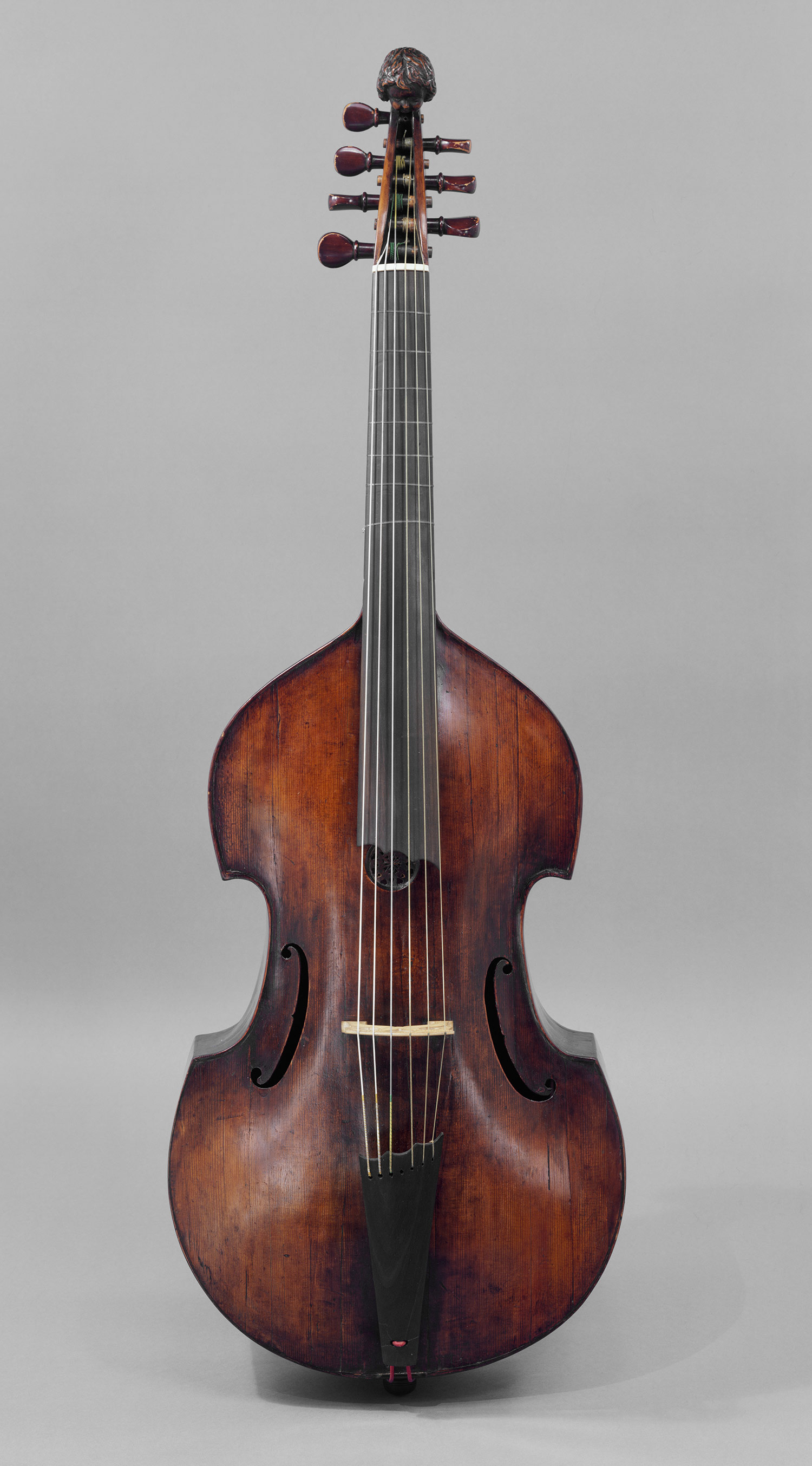by Andy Fein, luthier at Fein Violins,
and Joe Peterson
At a glance, violin family and viol family instruments are very similar. They are both made of wood, both are played by bowing the strings, and both names share the same first four letters. But do not let that fool you! There are plenty of factors that separate violins from viols.
 |
| The head of a tenor viol, made circa 1693 by G. Karpp |


Stradivarius viol turned into a violoncello, you can clearly see signs of the transformation on the upper bouts
image from The National Music Museum
 |
| Viola da Gamba |
Let's start with the origin. The viol appeared in Europe around 1510, probably evolving from other stringed instruments in Italy and Spain. The violin evolved and appeared in Europe a bit later, around 1530, in about the same area. They could be seen in the same ensemble playing together for over 200 years.
 |
| The Rose Consort of Viols. |
Though they played nicely together, there was a class division between them. It is thought that viol family instruments were played mainly by the aristocracy, who admired these instruments' tone with the utmost fervor, while the lowly 'brash' violin was played mainly by professional musicians. "Musicians" they'd say with a scoff! Musicians were on a very low rung of the social ladder. (Insert your favorite 'drummer', 'bass player', 'brass player', etc. joke here!)
 |
| A very early member of the violin family, A viola by P. Zanetto, Brescia, Italy circa 1565 |
Violins and viols are played differently. Viols are played vertically, while violin family instruments (with the exception of the cello) are played under the neck. Viol family instruments are fretted, with 5 to 7 strings, and are tuned in perfect 4ths with a major third in the middle. Violin family instruments have 4 strings, are tuned in perfect 5ths, and they have no frets. The way that the bow is held is also quite different. Violin bows are held overhand, while viol bows are held underhand with part of the hand intentionally touching the bow hair, which allows the performer to control the tension of the hair.
 |
| The viol ensemble 'Fretwork' image from their website |
 |
| A painting of Saint Cecilia playing the viol |

The master's bow arm: Jascha Heifetz
Yes, they are both made of wood (typically spruce and maple), but violin family and viol family instruments have slight differences in construction and appearance. Though it isn't easy to see, viols were made with much less wood than violins. This is because they didn't have as much string tension as violins, so the top could be thinner. Viol family instruments also have flat backs, sloped shoulders, and smooth corners, as opposed to the curved backs and sharper middle corners of the violin family. Generally, viols didn't have corners and had c-shaped sound holes, but those aren't definitive signs of a viol. Later viols were built with s holes (seen above and below, sort of) which gradually changed to f holes. Early viols did not have soundposts, which allowed them to vibrate more freely but prevented them from sounding very loud. They also had glued down bridges, similar to guitars and lutes (violin bridges are held in place by the tension of the strings).
Viol (with violin corners) by Brescian maker Gasparo Da Salo
Typical seven string viol
There you have it. Though they look similar, violins and viols have many differences.
Want to rush out and hear a member of the viol family but don't see any viol ensembles playing at a venue near you? What is commonly called a string bass (or, incorrectly, a bass violin) is the most often heard member of the viol family. Check it out- tuned in 4ths, the upper back is often flat, and rarely do they have violin style corners. Yes, that "stand up" bass that is used in everything from classical to jazz to bluegrass is a member of the viol family, not the violin family.
Oh, and how to you pronounce v-i-o-l? There are two accepted English pronunciations. One is vee-ohl, similar to the pronunciation of viola. The other is Vi-uhl. Similar to the word vile. For the purposes of the title of this blog, we prefer the second.
We gathered information from the following sources: www.diabolus.org, www.violinonline.com
You can find more information at The Viola Da Gamba Society of America and similar groups around the world. I highly recommend hearing a concert by The Rose Consort of Viols.
The Orpheon Foundation has an excellent side by side comparison of a violin and a viol.
Are you a violinist or interested in becoming one? Take a look at our Fine Violins!


No comments:
Post a Comment